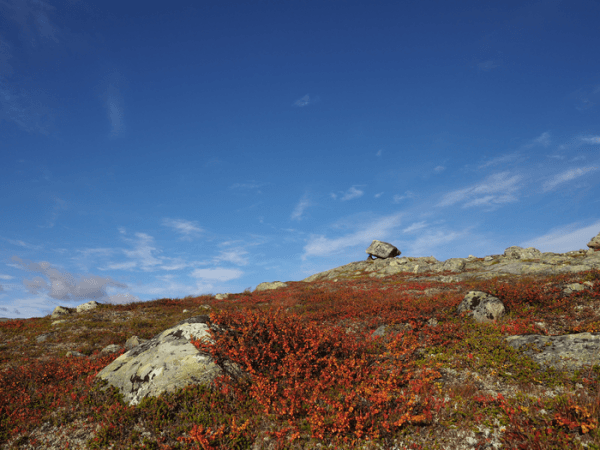It is the most comprehensive study of its kind to date: Researchers at the University of Bonn and the University of South-Eastern Norway have studied how two characteristic arctic-alpine plant species respond to global warming. They did this by analyzing almost 500 million of their own readings from the mountainous region of Norway. The analyses show that potential consequences of climate change are extremely dependent on the specific location of the plants and that deciduous species in particular will benefit from warming. The result would be a further increase in the trend toward greening of the arctic-alpine regions. The study is published in the journal Ecosphere.
The Norwegian mountains can be pretty darn inhospitable during the colder months. Nevertheless, there are plants that cope splendidly with the biting temperatures. They include the dwarf birch Betula nana and the black crowberry Empetrum hermaphroditum. Both thrive in arctic-alpine conditions; this makes them typical representatives of tundra vegetation.
Up until now, it has been unclear how the growth of dwarf birch and crowberry is influenced by specific environmental conditions. In the alpine regions of Norway, a project has been underway for 30 years that aims to change that. "We wired up some of the plants here and fitted them with so-called data loggers that record the measurements," explains Prof. Dr. Jörg Löffler from the Department of Geography at the University of Bonn. A pin-like sensor records the diameter of the trunk - minute by minute, 365 days a year, to an accuracy of less than a thousandth of a millimeter. At the same time, the researchers measure solar radiation, temperature in the root zone and just above the soil surface, and soil moisture.
Read More: University of Bonn
The dwarf birch (shown here with reddish leaves) could benefit from climate change. (Photo Credit: Roland Pape / University of South-Eastern Norway)


